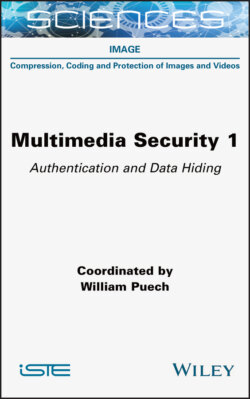Читать книгу Multimedia Security, Volume 1 - William Puech - Страница 43
1.5.2.1. Compression artifacts
ОглавлениеThese are methods based on the detectable traces left by compression. In their article, Minami and Zakhor propose a way of detecting JPEG grids with the aim of removing the blocking artifacts (Minami and Zakhor 1995). Later on, in Fan and de Queiroz (2003), the same ideas are used to decide whether an image has undergone JPEG compression, depending on whether traces are present or not. These methods use filters to bring out the traces of compression (Chen and Hsu 2008; (Li et al. 2009)). The simplest method calculates the absolute value of the gradient magnitude of the image (Lin et al. 2009), and others use the absolute value of derivatives of order 2 (Li et al. 2009). However, these two filters can have a strong response to edges and to textures present in the image and therefore can sometimes lead to faulty grid detections. To reduce the interference of details in the scene, a cross-difference filter, proposed by Chen and Hsu (2008), is more suitable. This filter, represented in Figure 1.10, amounts to calculating the absolute value of the result of a convolution of the image by a 2 × 2 kernel. The grid becomes visible because of the differentiating filter applied to the compressed image. The stronger the compression, the more this feature is present.
Recently, methods like the one proposed in Nikoukhah et al. (2020) have made these methods automatic and unsupervised thanks to statistical validation.
